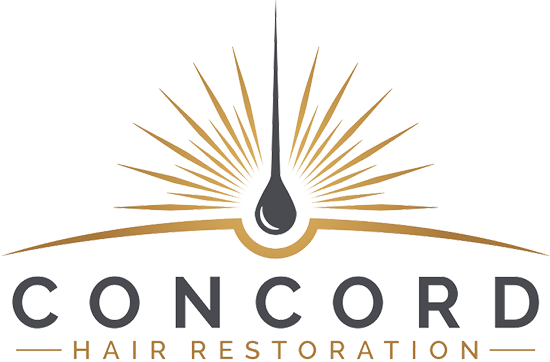In today’s appearance-conscious society, hair loss can be a significant concern for many, affecting their confidence and social perceptions. Fortunately, hair restoration techniques have evolved, offering hope and solutions to those battling hair loss. In this article, we delve into the success rates of hair restoration, exploring various treatments and factors influencing outcomes.
Understanding Hair Restoration
What is Hair Restoration?
Hair restoration encompasses medical and surgical treatments aimed at regaining lost hair and improving hair density. Techniques vary from minimally invasive methods like medication and laser therapy to surgical options such as hair transplant surgeries.
Types of Hair Restoration
- Medications: Including minoxidil (Rogaine) and finasteride (Propecia).
- Laser Therapy: Low-level laser therapy for stimulating hair growth.
- Hair Transplant Surgery: Follicular Unit Transplantation (FUT) and Follicular Unit Extraction (FUE).
Success Rates of Hair Restoration Techniques
Medication and Laser Therapy
- Effectiveness: Moderate, with results varying among individuals.
- Success Rate: Approximately 40-60% for medications and 60-70% for laser therapy.
Hair Transplant Surgery
- Effectiveness: High, with advancements in technology improving outcomes.
- Success Rate: Generally above 90%, depending on the skill of the surgeon and the patient’s condition.
Factors Affecting Hair Restoration Success
Patient’s Age and Health
Younger patients with good overall health typically see better results due to stronger hair follicles.
Extent of Hair Loss
The success rate is higher in patients with a limited area of baldness.
Quality of Donor Hair
Thick and dense donor hair results in more successful transplants.
Post-Procedure Care
Proper care and following the surgeon’s advice are crucial for the success of hair restoration treatments.
The Journey to Successful Hair Restoration
Consultation and Planning
A thorough consultation with a hair restoration specialist is the first step towards a successful outcome.
Choosing the Right Technique
Selecting the appropriate restoration method is critical, based on individual needs and conditions.
Setting Realistic Expectations
Understanding the potential outcomes and setting realistic expectations are essential for patient satisfaction.
Conclusion
The success rate of hair restoration varies widely depending on the method chosen, the patient’s condition, and other factors. However, with the right approach and realistic expectations, many individuals can achieve significant improvements in their hair density and appearance.
FAQs
1. How long does it take to see results from hair restoration?
Results can vary, with some treatments showing improvements in a few months, while surgical options may take up to a year for full results.
2. Is hair restoration painful?
Most procedures involve minimal discomfort with modern techniques, and any pain can usually be managed with medications.
3. Can hair restoration fail?
While rare, failures can occur due to poor technique, patient non-compliance with post-care, or underlying health issues.
4. Are hair restoration results permanent?
Surgical hair transplant results are generally permanent, while other treatments may require ongoing maintenance.
5. How much does hair restoration cost?
Costs vary widely based on the procedure, ranging from a few hundred dollars for medications to several thousand for surgery.
Making Confidence Affordable with Free Consultations: Start Your Transformation Journey
We believe everyone should feel confident and proud. That’s why we’re happy to offer plans that let you pay over time without any extra cost, making it easier for you to start your transformation without worrying about money. Plus, you can begin your journey with a free chat with our experts who know all about changing looks with hair restoration.
Ready to make a change?
Get in touch with us in Los Angeles at (818) 800-2002 or in San Diego at 619.905.4247. Your journey to feeling great about yourself begins here.

